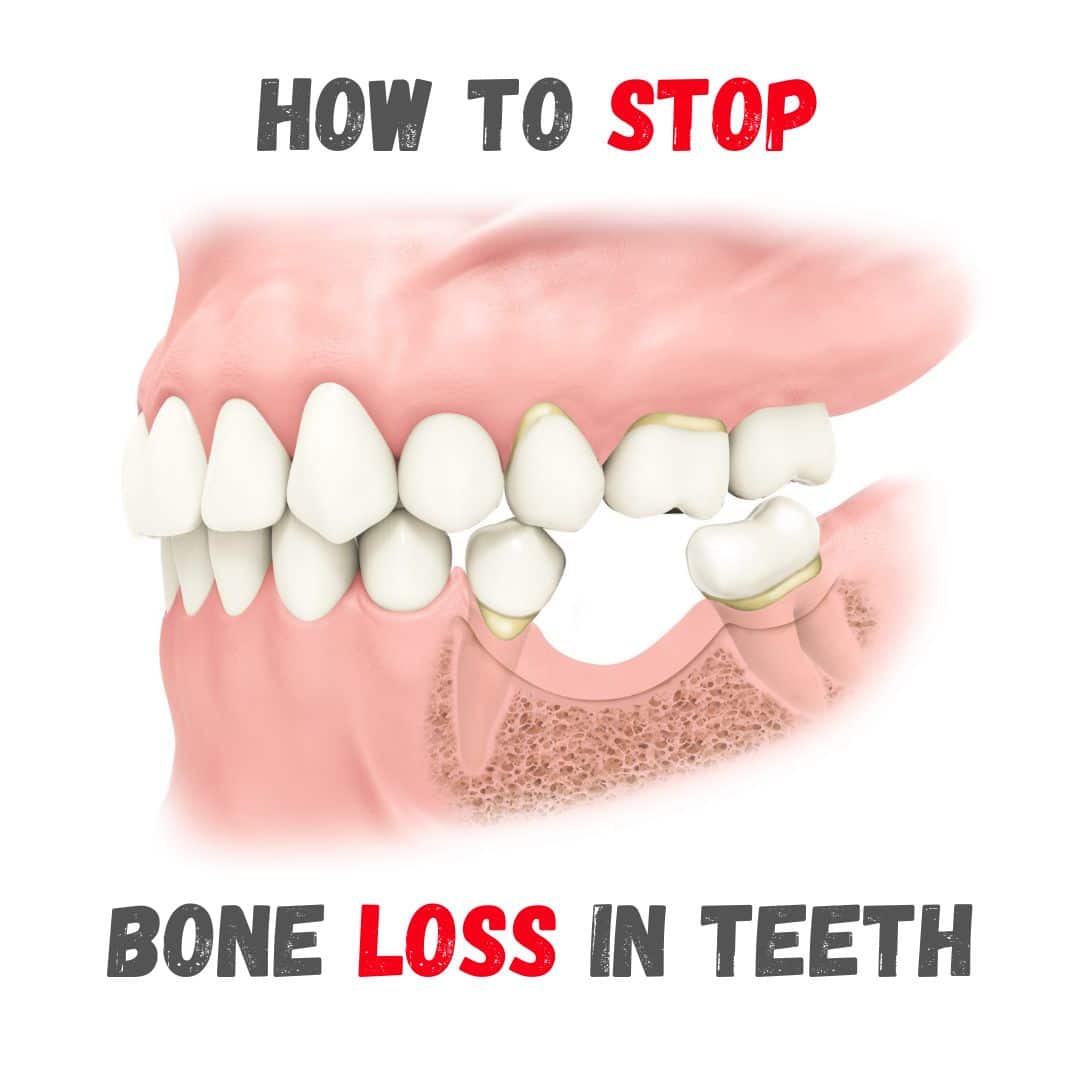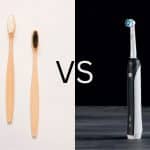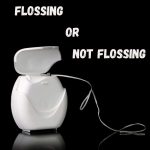Periodontal disease, often known as gum disease or bone loss in the teeth, is a common ailment that, if left untreated, can result in tooth loss and other severe health issues.
It is brought on by an accumulation of germs in the mouth, which can harm the teeth’s supporting bones and gums.
Fortunately, you may take a number of measures to stop and even reverse bone loss in your teeth. This comprehensive guide will discuss the causes of bone loss in teeth, the risks associated with this condition, and the most effective methods for preventing and reversing it.
Causes of bone loss in teeth
The main cause of bone loss in teeth is a bacterial infection in the mouth. Bacteria can build up on the gums and teeth, forming a sticky film – plaque. If plaque is not removed regularly by flossing and brushing, It has the potential to only a dental hygienist or dentist can remove it.
Bacteria in the mouth can also produce toxins, which irritate and inflame the gums. This inflammation is known as gingivitis, and it is the first stage of periodontal disease. If left untreated, gingivitis can proceed to periodontitis, a more severe type of periodontal disease in which the gums begin to peel away from the teeth, and the supporting bone begins to weaken.
Risks associated with bone loss in teeth
There are several risks associated with bone loss in teeth. In addition to tooth loss, periodontal disease can also lead to other serious health problems. For example, studies have shown that people with periodontal disease are at an increased risk of developing heart disease, stroke, and other conditions.
Additionally, periodontal disease can cause chronic bad breath and changes in the appearance of the teeth and gums. This can lead to social and psychological problems, such as low self-esteem and difficulty interacting with others.
Preventing bone loss in teeth
The best way to prevent bone loss in teeth is to maintain good oral hygiene. It means brushing your teeth twice a day with toothpaste and flossing once a day to remove plaque and remains of food debris from between your teeth.
It’s also important to Visit your dentist on a regular basis for expert cleanings and examinations. Your dentist can clean your teeth and look for early indications of periodontal disease.
Treating gingivitis
If you have gingivitis, It is critical to see your dentist as quickly as possible if you develop gingivitis. Your dentist will clean your teeth and remove the tartar that has accumulated on your teeth and gums. They may also recommend a special mouthwash or toothpaste to help control the bacterial infection in your mouth.
A basic scaling and root planing procedure can occasionally be used to treat gingivitis. This involves removing the bacteria and plaque from the roots of your teeth and smoothing out any rough spots on the roots to make it harder for bacteria to attach to them.
Treating periodontitis
If you have periodontitis, your dentist may recommend a more aggressive treatment plan. This may include one or more of the following:
- Deep cleaning involves removing bacteria and tartar from deep pockets between the teeth and gums.
- Antibiotics may be prescribed by your dentist to help destroy germs in your mouth.
- Surgery: In severe cases of periodontitis, your dentist may recommend surgery to clean out the pockets between your teeth and gums and to repair any
Reversing bone loss in teeth
It may be achievable in some instances to reverse bone loss in teeth. This typically involves a combination of deep cleaning, antibiotics, and surgery to remove the bacteria and plaque from the mouth and stimulate new bone growth.
In addition to these treatments, your dentist may also recommend that you make changes to your diet and oral hygiene routine to support the healing process. This may include eating a well-balanced, vitamin and mineral rich diet, stopping smoking, and using a specific mouthwash or toothpaste to improve gum health.
Alternative treatments
In addition to traditional treatments, several alternative therapies may help prevent or reverse bone loss in teeth. These include:
- Oil pulling is swishing oil around and in your mouth for a few minutes to aid in the removal of germs and plaque.
- Herbal remedies: Certain herbs, such as tea tree oil and peppermint, have been shown to have antimicrobial properties that may help fight the bacteria that cause periodontal disease.
- Acupuncture: Acupuncture has been shown in several trials to be useful in treating periodontal disease by lowering inflammation and encouraging bone formation.
Conclusion
If addressed, dental bone loss can result in tooth loss and other major health complications. Fortunately, several effective methods for preventing and reversing this condition include maintaining good oral hygiene, visiting the dentist regularly, and undergoing deep cleaning and other treatments as recommended by your dentist.
By following these guidelines and seeking treatment as soon as possible if you notice any signs of periodontal disease. You can help protect your oral health and prevent the serious complications associated with bone loss in teeth.





